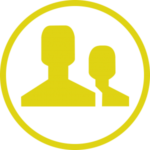
Connected with Leading Applications and Platforms
HEMS supports numerous interfaces. If your hospital has technology that you want to have your CMMS connect to, we provide several solutions to help you achieve this, allowing you to streamline your processes.
Integrate HEMS with 3rd party technologies, such as ServiceNow, oneSOURCE Document Management Service, or an electrical safety analyzer, such as the vPad Platform or ES601 Plus from Datrend.
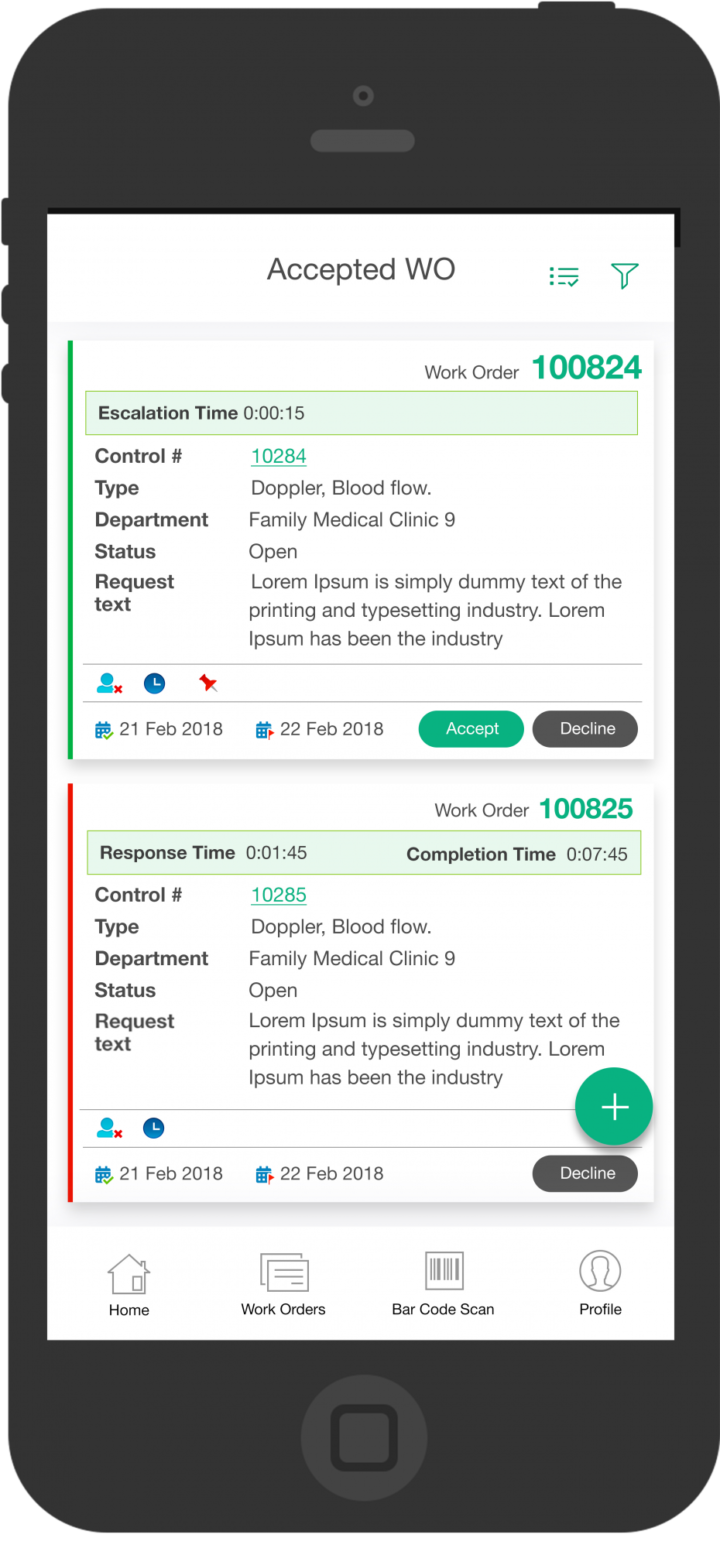
New for 2018: HEMS Remote
The HEMS next-generation mobile app has automated numerous backend application processes to make the user interface very easy to use and intuitive.
While there is a lot of information accessible on each screen, it is still concise – summarized with several areas and symbols clickable to drill down and uncover more data and information.
This means that HEMS users performing maintenance or repairs have everything they need in their mobile devices, regardless of which part of the hospital or which location within their hospital system they are in. The app can even be used in offline mode and it will sync up to the live database later once online again.
Each individual user can see at any time where they stand with work orders assigned, accepted, and completed through an interactive dashboard with a configurable view.
Automatic call escalation ensures that urgent requests are addressed as soon as possible per the hospital corporate policy. Once work orders are assigned/accepted, color-coding helps the user to instantly know which work orders are of the highest priority. Requesters get notifications of updates including completion.
Mobile device features of speech to text, barcode scanning, and photo-taking can be used to verbally add descriptions of work performed, access work orders for specific pieces of equipment, and to take photos of equipment to add to work orders. Parts can be ordered too…you get the idea – the HEMS mobile app has everything users need to make completing work easier, right at the point of service.
The app is available for iOS (Apple), Android, and Windows phones and tablets.
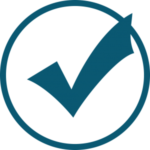
EQ2 Best Practice
Enterprise wide standardized corporate policies and procedures are easier met when they are published and always available in a centralized location. HEMS Best Practice does just this.
With EQ2 Best Practice, compliance is assured. Using industry standard questions and values, each equipment type or model is provided with a risk value.
Standardization
For Biomed/Clinical Engineering this includes:
- Universal Medical Device Nomenclature System (UMDNS)
- AHA’s Estimated Useful Life n PM Procedure
- AEM
- Global Medical Device Nomenclature (GMDN) n Unique Device Identification (UDI)
- Medical Equipment Management Program (MEMP)
For Facilities it is the standard:
- ASHE type list
- AHA’s Estimated Useful Life
- PM Procedure
- EOC rounds procedure

HEMS Dashboards, Reporting, Compliance Management, and AEM
HEMS helps hospitals stay in compliance through advanced tracking and reporting features that address requirements of the Joint Commission and other regulatory bodies
HEMS dashboards enable users to get the information they need, in the order they need it, and in the right format based on their role. The new Department Dashboard is for specific hospital areas such as surgery, nursing, ICU, etc. to get a summary of real-time statuses for the key performance items most important to them.
This includes information for devices, availability, maintenance, capital planning, and budgeting…..to name a few. Summary items are clickable to drill down and get to specific details, resulting in true actionable information.
- AEM: Fully Automated Alternative Equipment Maintenance Dashboard
- EOC: Environment of Care requirements tracking and reporting
- ECRI: Alerts and Recalls Module
- Reports: Hundreds of reports are available “off the shelf” and a custom report tool is available
- Dashboards: formats are unique for each of Leadership, Clinical Staff, and Technicians with relevant, actionable information
- Elements of Performance: track status in real-time

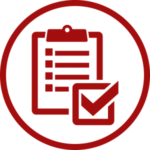
HEMS Enterprise for Total Asset Management: Cradle to Grave
EQ2’s HEMS Enterprise has always helped numerous Biomed and Facilities departments manage medical devices, equipment, and other types of assets with real-time visibility as to any item’s status or by groups and sets of assets on tailored dashboards.
In recent years, Imaging, IT, EVS, and Support Services have realized numerous benefits from using the cutting-edge HEMS software in managing their departments as well.
Now, HEMS goes a step further and also helps to control costs and improve performance in Supply Chain, Procurement, Receiving, Materials Handling, Service Contracts and Vendor Management. Assets and contracts can be tracked and monitored from purchase requisition to end of life.
10 Ways the Hospital Benefits……(there are many more) ……
- Data-driven lifecycle management including identification of vendor performance problems and product performance shortcomings
- Clear visibility into expiration and auto-renewal dates on leases, rental agreements and service contracts
- Responsible or user departments (Biomed, Facilities, Imaging, IT, …) can identify the status of devices (owned, leased, borrowed, etc.) in real-time. This comports with the Joint Commission requirement to know the status of every device in the hospital regardless of ownership
- Better preventative maintenance scheduling for specific models based on historical data from across all locations
- Alerts for warranty expiration and vendor provided update or replacement offers
- Once ECRI and vendor recalls are received, work orders can be created on all affected devices anywhere in the hospital including multi-facility systems. As appropriate the rental/lease process can be started to replace the affected items.
- Improved inventory reconciliation by using a mobile device to scan barcodes of asset tags wherever assets are located
- Visibility into key metrics like purchase price, costs, warranties, the total cost of ownership, etc.
- Compare the purchase price and running costs of similar and same brand assets
- Aggregate purchases, limit vendors and consolidate orders to realize volume purchasing discounts and lower cost service contracts
“How can we improve, if we don’t measure?”
Once a hospital identifies the KPI’s (Key Performance Indicators) that are most important to it, they can be measured in units of time, quality, productivity, and cost. It can then either pick industry available benchmarks or set goal benchmarks for improvement. Once the benchmarks are established and the KPI’s can be quantified, continuous improvement measurement becomes the norm.
The HEMS PBA (Performance and Benchmarking Analyzer) provides the tools for tracking both component and system KPI’s over time. The data is automatically analyzed and presented to show improvement – or slippage – over time. Using these tools, actions can be focused on those areas and activities that add value, reduce costs and improve the quality of care. As these trends continue, the value-add from Biomed, Imaging, Facilities, Support Services, etc. can be seen by the entire organization; and it’s likely this will raise patient satisfaction scores as well.
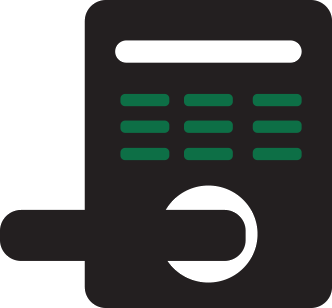 Imagine being able to manage, track, and locate locks and keys (or access cards) within your facilities easily through an intuitive interface. FASTKEY is key management software that allows hospitals to track keys and assign to specific employees with assigned due dates. It also provides alerts when keys become overdue.
Imagine being able to manage, track, and locate locks and keys (or access cards) within your facilities easily through an intuitive interface. FASTKEY is key management software that allows hospitals to track keys and assign to specific employees with assigned due dates. It also provides alerts when keys become overdue.
With FASTKEY it is easy to know who has access to specific areas, rooms, or even spaces within a room. High-risk areas are easily managed to provide visibility of those with access and a history of details of all who have had access.
FASTKEY is a SaaS solution, so all future product updates and enhancements automatically become available to all users. Single Sign-On (SSO) including using Active Directory Federation Services (ADFS), enables FASTKEY to be used seamlessly alongside existing applications.
Sections within the key management software with detailed information on each item listed there:
• Employees – for both direct employees and contractors
• Facilities – all locations within an enterprise
• Floors – including floor map
• Wings
• Rooms – can be designated by different types
• Spaces (within a room)
• Doors
• Locks
• Key Rings
• Key
Support and Additional Services
A robust technology product can be challenging to use in an effective way unless you have intuitive interfaces and strong customer support. Additional services can truly make the difference between a good hospital maintenance management program vs. an excellent one.
EQ2 is committed to customer satisfaction and support is just an email or phone call away. We also offer services to ensure a strong implementation.
- Support: web-based, phone, and onsite training and support
- Implementation Services: inspection programs, physical surveys, and conversion of existing inventory and PM procedures/schedules
- Device and Equipment Labeling: asset tags with control numbers and PM inspection tags can be printed on demand



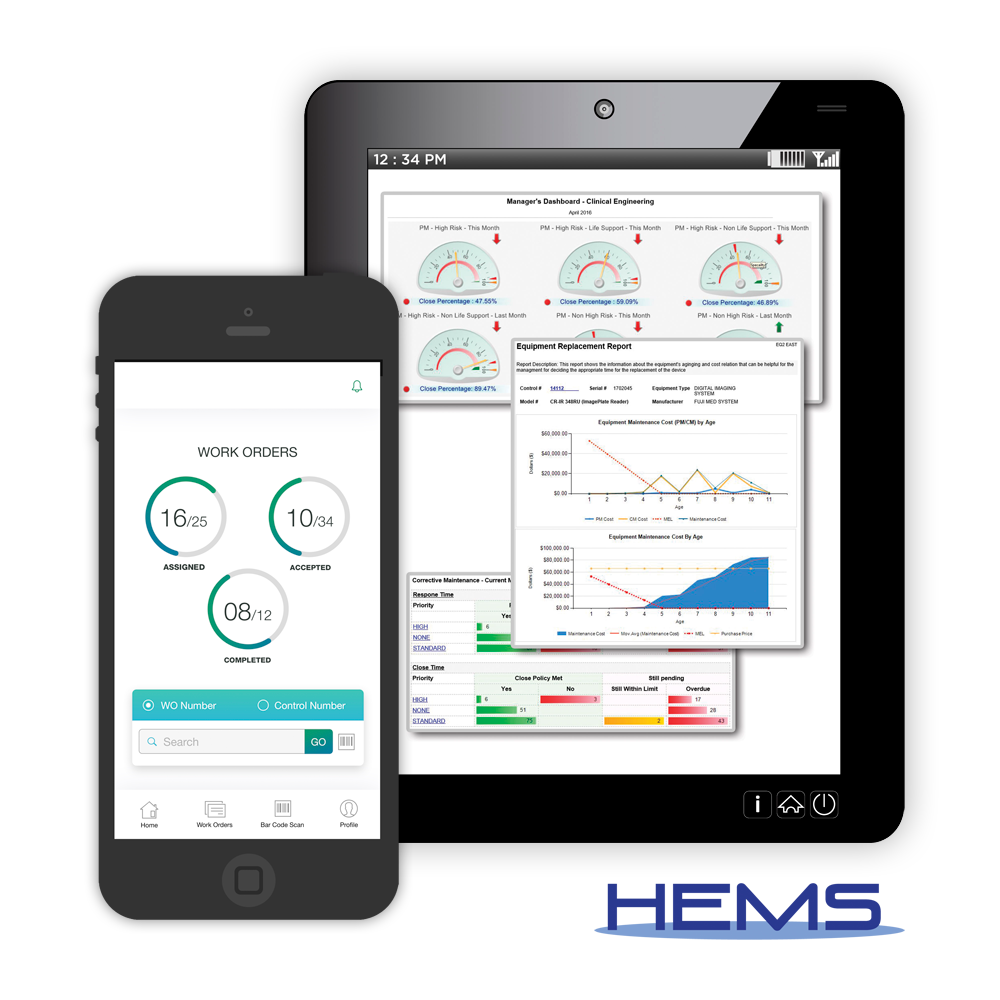



 Imagine being able to manage, track, and locate locks and keys (or access cards) within your facilities easily through an intuitive interface. FASTKEY is key management software that allows hospitals to track keys and assign to specific employees with assigned due dates. It also provides alerts when keys become overdue.
Imagine being able to manage, track, and locate locks and keys (or access cards) within your facilities easily through an intuitive interface. FASTKEY is key management software that allows hospitals to track keys and assign to specific employees with assigned due dates. It also provides alerts when keys become overdue.